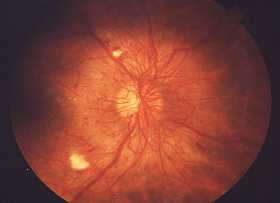Assalamualaikum WBT.
Hi everyone! Have you ever heard about APPENDICITIS?
I'm sure it is quite common to hear worldwide as it is the most common acute abdominal condition the surgeon is called on to treat. But, did we really know what is it all about?
Appendicitis & its pathophysiology.
- Appendicitis is the inflammation of the appendix, which is either acute (most common) or chronic. It is associated with obstruction of the appendix, may be in the form of stool, foreign objects, tumor, or gallstone from the caecum, which enters the appendix and causing blockage
- This stool will hardens, become a rock-like mass. When the blockage occurs, the bacteria will invade the wall of the appendix and causing inflammation.
- Perforation or rupture of the appendix may occur if there is no treatment. This may lead to peritonitis, sepsis, and death.
- In Neuroimmune appendicitis: Pain without acute inflammation, increase substance P / VIP, and non-inflammatory.
How to diagnose?
1. Laboratory: - Leukocytosis with Lt. shift
- Total WBC count: < 10K/uL
- Absolute neutrophil count: < 6750/mL
- Hyponatremia
- Acidosis
2. Radiography: - X-rays (not specific, may shows air fluid)
- Calcified stone in appendiceal area
- CT scan and ultrasound (more accurate)
3. Differential diagnosis:
-Crohn's disease, Psoas abscess, Pyelonephritis, Pelvic abscess,
ovarian/fallopian diseases, Cholecystitis, Intestinal perforation
due to obstruction, or in male: Scrotum abscess, Hernia.
How to treat?
* Surgery : by removal of appendix by surgery OR
laparoscopic surgery ( less wound and risk, rapid healing)
* Fluid management is critical.
Symptoms & Scoring.
Apparently, all these things were quite complicated for non-medical practitioners to understand, so here it is. Alvorado scoring! It is usually used by the physician on the symptoms and scoring for the possibilities of appendicitis. But now you could self-diagnose yourself at home! (excluding the lab tests) :)
You may also have
- Dull pain near the navel or the upper abdomen that becomes sharp as it moves to the lower right abdomen. Or anywhere in the upper & lower abdomen, back, and rectum.
- Loss of appetite
- Abdominal swelling
- Inability to pass gas
- Constipation & diarrhea with gas
- Painful urination
- Severe cramps
So if you have most of the symptoms, quickly go get yourself checked!
We Learn, We Share, We Care
** Sorry for any inconvenience since this is my first post. :)
References:
Robbins Basic Pathology (8th Edition)







